Aussie AI Blog
List of AI Smartness Techniques
-
16th August, 2025
-
by David Spuler, Ph.D.
AI Smartness Techniques
Making an AI system smarter isn't just about "training" anymore. That's only one of the many ways. You can also make an LLM smarter by giving it better information to work with at runtime (e.g., RAG, plug-ins, etc.), or allowing it to use better tools (e.g., calculators, clocks, etc.). Giving it more time to think at inference time is another way, which is called "test time compute". Prompt engineering is simple and underrated.
Anyway, here's the list so far:
- Training
- Fine-tuning
- PEFT (e.g., LoRA)
- Test-time compute (inference budget)
- Augmentation approaches (RAG or RALM)
- Dynamic data augmentation (plugins, search, etc.)
- Tool usage ("function calling")
- Hooks for tools
- In-Context Learning (ICL) (is a fancy term for "use examples when prompting")
- Prompt engineering
- Context engineering
- Reasoning models (one-shot)
- Latent space reasoning approaches (e.g., concept tokens)
- Multi-step reasoning models
- Deep research models
- Next-generation reasoning models (e.g., LCMs)
- Next-generation model architectures (e.g., SSMs)
Training Methods: - Pre-training
- Reinforcement Learning (RL)
- Reinforcement Learning from Human Feedback (RLHF)
- Reinforcement Learning from AI Feedback (RLAIF)
- Supervised Fine-Tuning (SFT)
- Direct Preference Optimization (DPO)
- Proximal Policy Optimization (PPO)
- Group Relative Policy Optimization (GRPO)
- Reasoning-specific training
- Gradient optimizers
- Training resiliency improvements
- Federated Learning
- Distributed training
- Incremental learning
- Continual learning
Training Data Sets: - Common crawl dataset
- Reasoning datasets
- Synthetic data
- Synthetic data augmentation (e.g., synonymization)
Preparing Training Data: - Data deduplication
- Personal identifying information (PII) removal
- Data formatting and conversion
- PDF document usage
- Legal rights confirmation
Fine-Tuning: - Basic fine-tuning (brute-force)
- Full-parameter fine-tuning (naive fine-tuning)
- Unsloth efficient fine-tuning
- Post-Optimization Fine-Tuning (POFT) (e.g., after quantization)
Parameter-Efficient Fine-Tuning (PEFT): - LoRA (low-rank matrices)
- Multi-LoRA
- QLoRA (quantized LoRA adapters)
Knowledge Distillation: - Knowledge distillation (teacher-student methods)
- White-box knowledge distillation
- Black-box knowledge distillation
- Ensemble knowledge distillation (multi-teacher)
Advanced Model Creation Methods: - Model merging
- Submodel extraction
Multi-Model Methods: - Mixture-of-Experts (MoE)
- Shared experts (MoE)
- Model selection algorithms
- Big-little model architectures
- Model routing algorithms
Prompt/Context Augmentation Strategies: - RAG architectures
- RALM architectures
General Architectures: - Multi-agent architectures
- Compound AI (multiple LLM and non-LLM components)
RAG Popular Architectures: - Basic RAG (with database of document chunks)
- Keyword lookup (e.g., BM25)
- Semantic lookup (embedding models)
- Vector databases
- Packing methods
- Reranker optimizations
Advanced RAG Architectures: - Graph RAG
- Ontology RAG (taxonomies)
- Agentic RAG (retrieval and/or actions)
- RAG dynamic tool usage
- RAG database plugins (SQL query data)
- Table-Augmented Generation (TAG)
- RAG search plugins (e.g., internet search)
- Long context RAG (big chunks!)
- MiniRAG architectures
- MegaRAG architectures
Data Source Integrations: - Plugins
- Internet search plugins
- Database query integrations
Tool Integrations: - Basic tools (e.g., clocks, calculators, etc.)
- TALM architectures
- Heuristic non-LLM tools
Tool "Hook" Integrations: - "Hooks" (for prompt preprocessing tools)
- Heuristic non-LLM tool hooks
LLM Long-Term Memory: - Basic LLM memory recall
- Personalization
Agent Integrations: - MCP
- Multi-agent architectures
Prompt Auto-Optimization: - LLM prompt optimization
- Programmatic prompting
Prompt Engineering: - Basic prompt engineering techniques
- System prompts
- Emotional prompting
- Exemplars (putting examples in prompt context)
Reasoning Prompt Engineering: - Chain-of-Thought (CoT) one-shot
- "Step by Step"
- Metaprompting
- "Longer answers" one-shot reasoning (thinking to oneself)
- Implicit reasoning models
Multi-Step Reasoning (Test-Time Compute): - Chain-of-Thought (multi-step versions)
- Chain-of-Draft (CoD)
- Tree-of-Thought
- Tree-structured CoT (other variants)
- Reflection (LLM self-evaluation)
- Concise Chain-of-Thought
- Constrained Chain-of-Thought
- Hidden Token Chain-of-Thought
- Continuous Chain-of-Thought ("Coconut")
- LLM-as-Judge
- Best-of-N reasoning
- Skeleton-of-Thought
- ReAct (Reason-and-Act)
Advanced Multi-Step Reasoning Approaches: - Large Reasoning Models
- Small reasoning models
- Hybrid reasoning models (combining fast and slow reasoning)
- System 2 thinking
- Graph reasoning
- Fast-slow reasoning
- Planning (in multi-step reasoning inference)
- Deep Research Models
Theoretical Reasoning Approaches: - Advanced Generative Intelligence (AGI) (human-level)
- Advanced Super-Intelligence (ASI)
- Overthinking
- Underthinking
- Temporal reasoning
Context Engineering: - GUI agents
- Computer usage models
Poor Answer Mitigation: - Alignment
- Refusal modules
- Prompt shield
- Jailbreak mitigations
- Bias mitigations
- Hallucination reduction methods
- Guardrails
Decoding Algorithm Improvements: - Beam search decoding
- Constrained decoding
- CoT decoding (mimicking CoT in decoding)
- Speculative decoding (multi-path)
- Multi-token prediction (MTP)
- Decoding penalties (disallowed words/phrases)
Addressing Common LLM Limitations: - Basic arithmetic
- Mathematical reasoning
- Common sense
- 3D worldview
- 2D spatial reasoning
- Sarcasm detection
- Humour
- Gullibility
- Sycophancy (excessive alignment)
- Embodied AI (physical AI)
Weird AI Intelligence Methods: - Subliminal learning
- Attention steering
- Prompt tuning
- Activation patching
Next-Generation Reasoning Approaches: - Multimodal reasoning models
- Vision reasoning models
- Large Concept Model (LCM)
- Program synthesis models
- Symbolic execution models
- Symbolic logic reasoning
- Concept tokens
- Reasoning tokens
- Soft prompts
- Gist tokens
- Knowledge graphs
- Ontology-based reasoning
- Tabular-data reasoning
Old-Generation Reasoning Approaches (Reuse & Recycle): - Rule-based AI
- Expert systems
- Fuzzy logic systems
- Inductive reasoning
- Deductive reasoning
- Heuristic reasoning methods
Next-Generation Model Architectures (Candidates for a Post-LLM World): - State Space Model (SSM)
- Mamba
- Hyena
- RWKV models
- Liquid AI
- Next-generation AI architectures (various)
Multi-Model Intelligence: - Ensemble inference
- Collaborative inference
- Best-of-N
- Swarm intelligence
- Inverse Models
- Multi-Mini Model (MMM)
List of Top-Level Approaches for a Brainy AI Application:
AI Books from Aussie AI

|
The Sweetest Lesson: Your Brain Versus AI: new book on AI intelligence theory:
Get your copy from Amazon: The Sweetest Lesson |
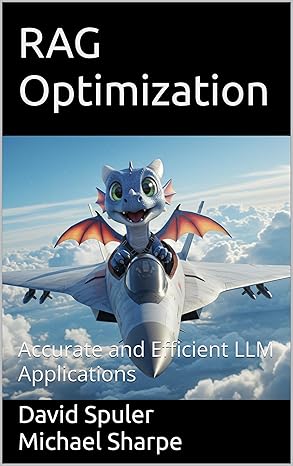
|
RAG Optimization: Accurate and Efficient LLM Applications:
new book on RAG architectures:
Get your copy from Amazon: RAG Optimization |
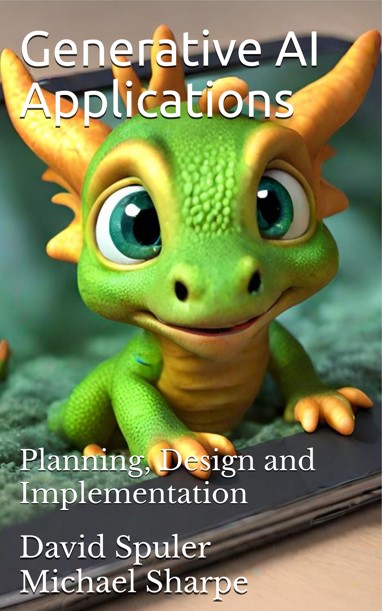
|
Generative AI Applications book:
Get your copy from Amazon: Generative AI Applications |
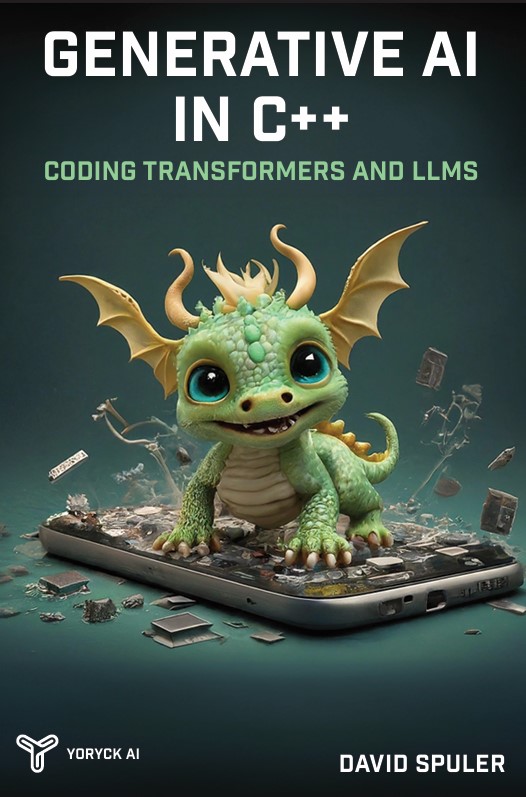
|
Generative AI programming book:
Get your copy from Amazon: Generative AI in C++ |
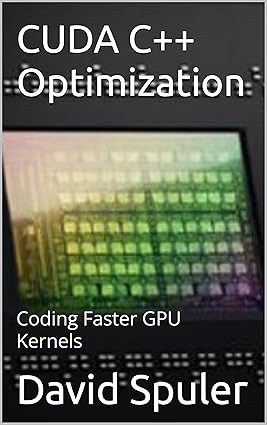
|
CUDA C++ Optimization book:
Get your copy from Amazon: CUDA C++ Optimization |
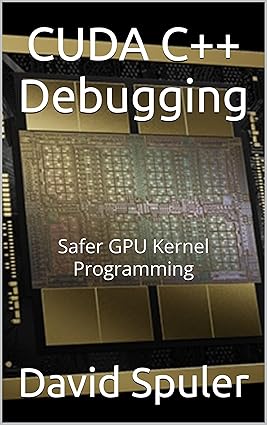
|
CUDA C++ Debugging book:
Get your copy from Amazon: CUDA C++ Debugging |
More AI Research Topics
Read more about: